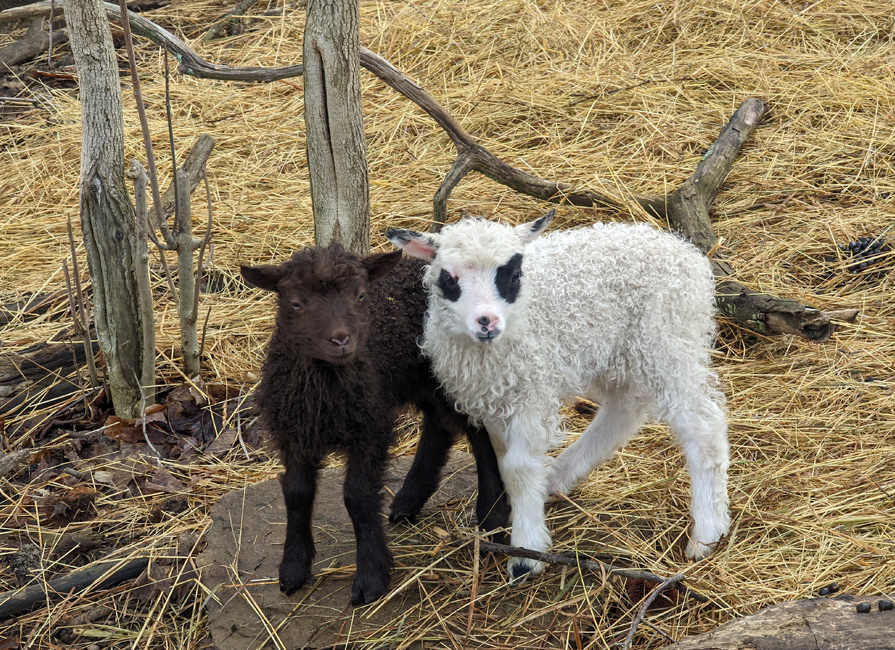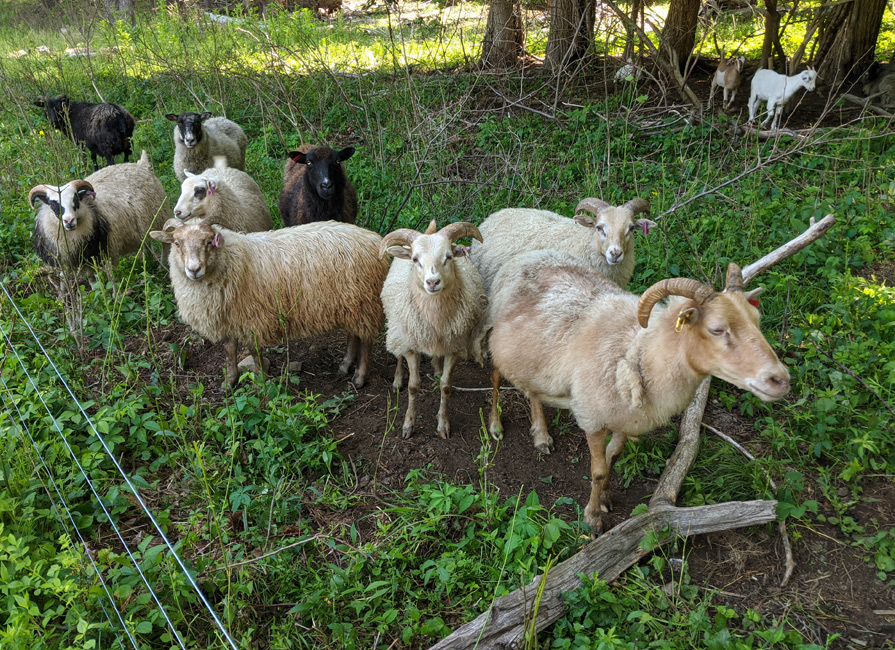Diseases that can be transmitted between animals and humans—known as zoonotic diseases—are in the news…
Is the U.S. Importing Mad Cow Disease?
A recent audit of the USDA Animal Plant Health Inspection Service (APHIS) revealed that cows from Canada have been entering the country without being properly inspected. Consequently, concerns have been raised that mad cow disease may have been imported along with the undocumented cows. And because the Bush Administration does not want meatpackers conducting their own private testing for mad cow disease, this threat to public health/food safety is simply a disaster waiting to happen.* Further complicating matters, the under-funded and understaffed USDA has no idea where these cows have ended up because of record-keeping errors made by APHIS.
While this story is newsworthy, it should not come as a surprise to anyone. This last year has been an extremely embarrassing and frightening one for United States agriculture. With the recent Humane Slaughter Act violations, the widespread distribution of downer cattle meat for children”s school lunches and the largest meat recall in American history all occurring in the last seven months, it has become clear that major changes have to made within the American agricultural industry.
Prior to this news about Canadian cattle being lost in the US without proper inspection, US interest groups had already been calling for bans on cattle imports, wary of the threat to their own livestock and to the beef industry in general. R-Calf USA, a national cattle producer association, recently sued the USDA for allowing the importation of older Canadian cattle into the US. This rule is now being reconsidered thanks to a federal judge in South Dakota. (Click here To read the full news story about the lost Canadian cattle.)
Now with this revelation about the cracks in our inspection system, the push against foreign imports will be even stronger.
However, even if potentially infected animals continue to be imported, American consumers can protect themselves by making smart food choices. Consumers can reduce their risk considerably by buying their meat, dairy, and eggs from farmers who adhere to high welfare standards.
Animal welfare improvements can increase food safety by reducing stress. When animals are stressed, this can suppress their immune systems and leave them vulnerable to disease. High welfare practices reduce stress, and consequently reduce the incidence of infectious disease that can harm humans. High welfare farms have also significantly reduced or completely eliminated the need for routine antibiotics. This reduces the risk of antibiotic resistance in humans from chronic overuse in food animal production.**
More and more research has shown that the health and well-being of the animal directly relates to the safety of the consumer. When consumers buy food with the Animal Welfare Approved seal they can be assured that the animals lived under the highest welfare conditions, which put them at a much lower risk of contracting disease. Consequently, Animal Welfare Approved food is one of the safest choices for the American consumer.
*Wasserman, B. (2008, May 13). U.S. to stop private mad cow testing. Food Consumer.org.
**De Passillé, A.M. and Rushen, J. (2005). Food safety and environmental issues in animal welfare. Rev. Sci. Tech. Off. Int. Epiz., 24 (2), 757-766.



